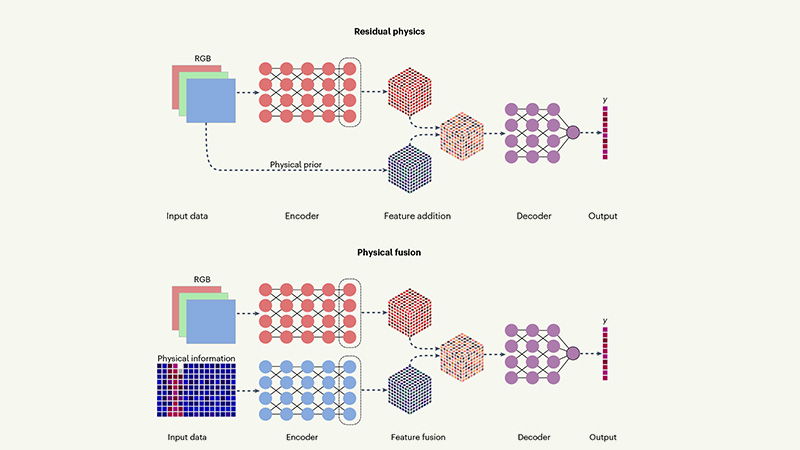
New work from Carnegie Mellon University has enabled robots to learn household chores by watching videos of people performing everyday tasks in their homes.
The research could help improve the utility of robots in the home, allowing them to assist people with tasks like cooking and cleaning. Two robots successfully learned 12 tasks including opening a drawer, oven door and lid; taking a pot off the stove; and picking up a telephone, vegetable or can of soup.
“The robot can learn where and how humans interact with different objects through watching videos,” said Deepak Pathak, an assistant professor in the Robotics Institute at CMU’s School of Computer Science...
Read More









Recent Comments